

Explore Italy by place | region | time period
The Paleolithic Age » Finale Ligure (Savona, Liguria)
The Homo Heidelbergensis is the oldest human species who lived in Liguria. It preceded the Homo Neanderthalensis and left traces of its presence between 950 thousand and 130 thousand years ago.
At the beginning of the Upper Paleolithic (40-38 thousand years ago), the modern man (Homo Sapiens) began to spread in Europe and began the decline of Homo Neanderthalensis, which became extinct within a few millennia. Liguria was one of the most European areas which he frequented. The discovery of only one of his outdoor settlements near Ventimiglia, suggests that, thanks to the temperate climate, he preferred to live in natural shelters rather than outdoors.
The Homo Sapiens was protective towards the dead unlike the Homo Neanderthalensis. He inhumaned them almost always in the cave together grave goods which he considered necessary for life after death.
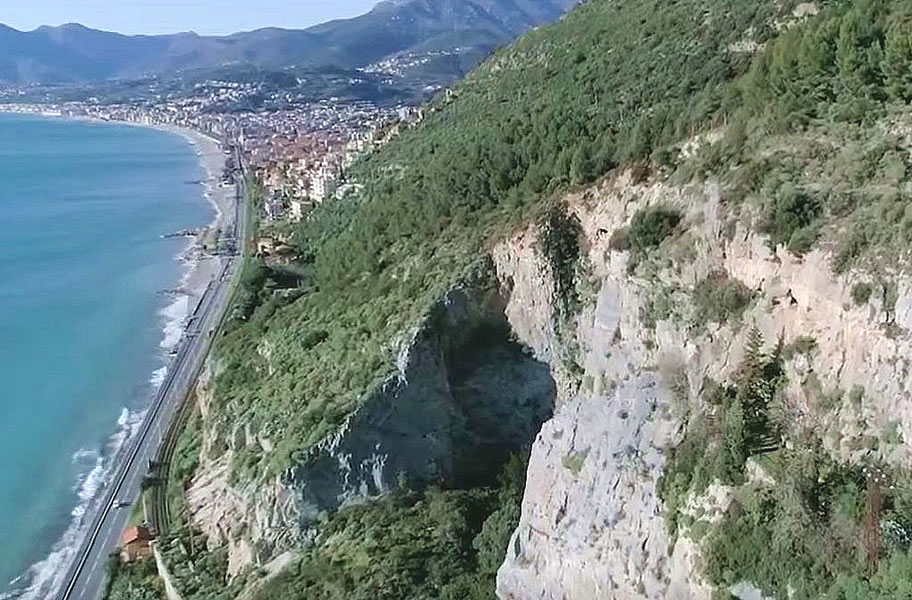
The oldest burials in northern Italy were found inside the caves along the coast of Finale Ligure. When the sea level rose by flooding the caves, the men sheltered in the higher ones or in the inland ones.
The Cavern of the White sands or Arene Candide, located on the Ligurian coastal promontory of Caprazoppa, today is 89 meters above sea level but during the Paleolithic was 120 meters. It was frequented from the Paleolithic until the Byzantine age (VII century).
The richest prehistoric burial in Italy was discovered inside the cave about 7 meters deep in 1942. It is the tomb of the Young Prince, so-called because of the rich funeral outfit. It supposed to accompany the young man into the afterlife, and formed by items coming from places distant thousand of kilometres.
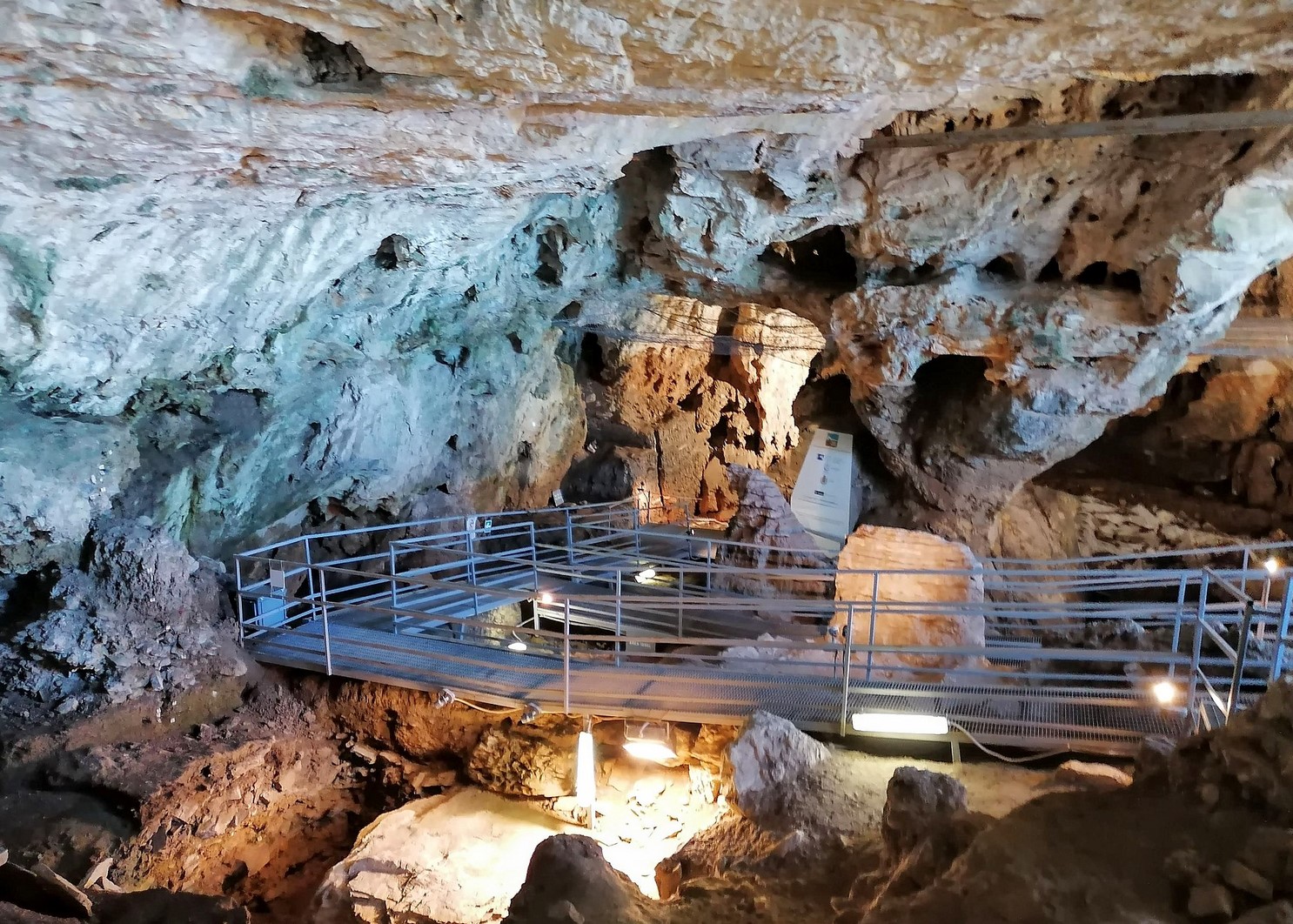
Arene Candide was used as shelter and burial place during the Paleolithic. The burials of about twenty individuals among adult men, women and children go back to this period. The necropolis was frequented at two different times separated by about 500 years, but the funeral rites remained unchanged over time. It happened that the last Paleolithic hunters prepared the new burials and sometimes found the tombs of their ancestors, so they revamped the bones with care and restored the burial to its original vision.
The cave served as a stable for the shelter of flocks, dwelling and for burials during the Neolithic (5800-3600 BCE).

While during the Roman and Byzantine age, the cave was a warehouse for food storage as evidenced by several ceramic.
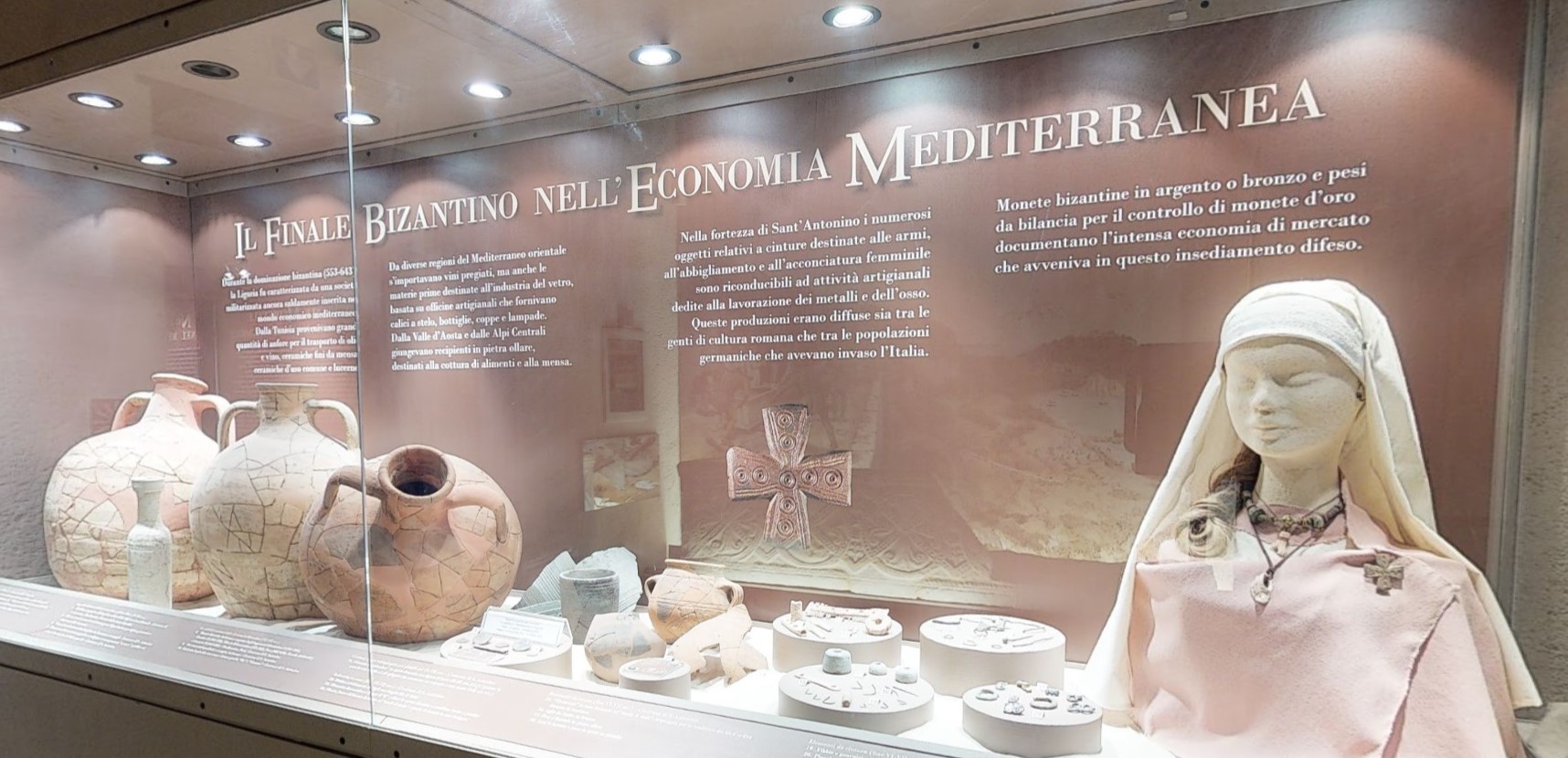
About 23,500 years ago, a a male around 15 years old was interred with honors reserved for a chief. He was accompanied by an extraordinary funeral set. It is thought that the deceased occupied a prominent position in the community.
He wore a long-sleeved leather jacket decorated with a row of pearls, trousers or leggings embroidered with beads, and had loafers formed by a single piece of leather at his feet. It had a cap made of Nassa shells; a 25 cm long flint knife coming from present-day southern France in its right hand; a shell bracelet with a mammoth ivory pendant; four decorated elk blades considered as control sticks. Probably they were used to straighten fire rods of arrows and orange tacks; this would confirm that the boy was an expert hunter despite his age.
He was 1.70 m tall, had trained legs and very strong arms, especially the right, the one he used to throw spears. Bone tests have confirmed that its remarkable height was the result of a diet rich in a lot of wild animal meat, but also of fish and molluscs.
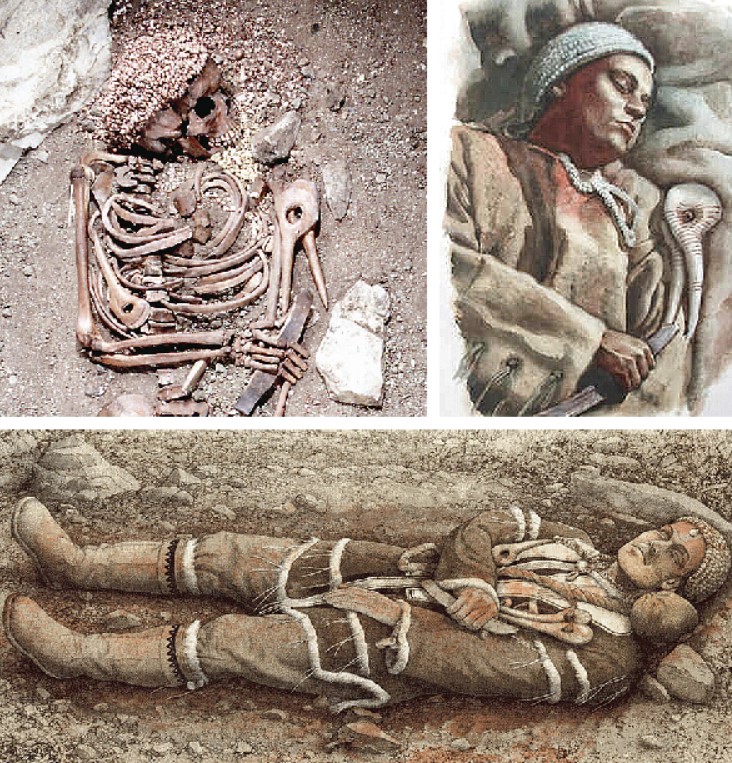
The body was positioned looking to the South and lying on its back on a layer of red ochre, 6.7 m below the surface sediment. In funeral rituals, even in those practiced millennia before, red ochre had a symbolic value linked to the regeneration of the deceased and the color of blood. It is achieved by calcination of yellow ochres.
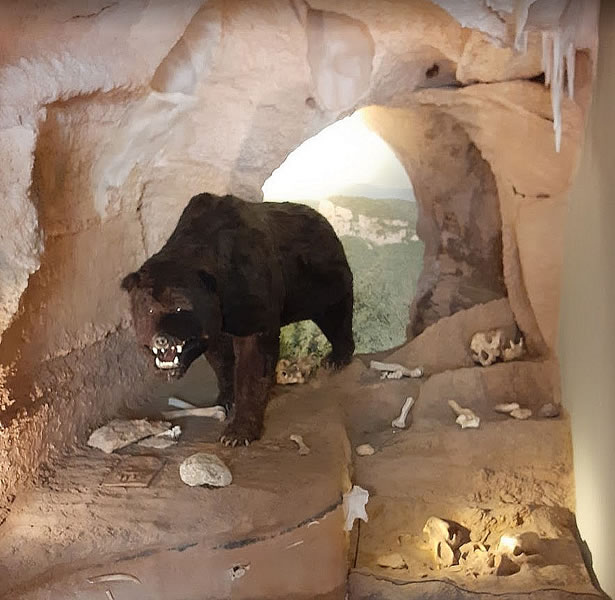
This boy had died horribly. When he was buried, his body lacked the left half of the jaw and part of the bones of the nearby shoulder. Maybe he was eaten by a bear or a big cat. So to mask the mutilations, a mass of yellow ochre was used as plasticine and inserted into the missing part of the body to give shape to its devastated face.
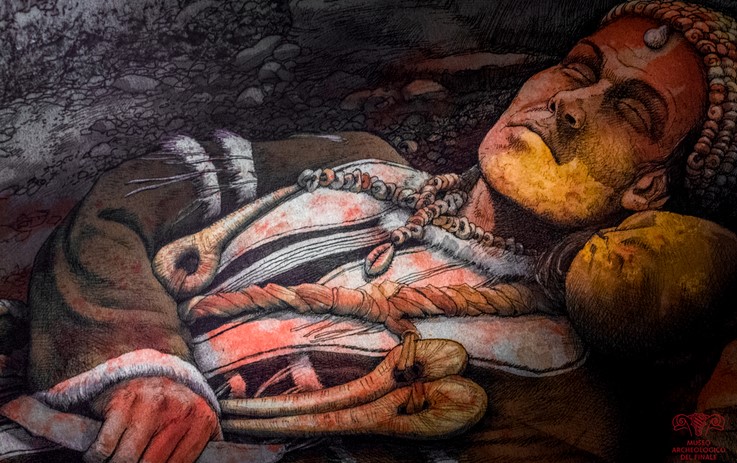
A curiosity: extraordinary similarities have been found between the young Prince and another hunter discovered 3000 km away in Sungir, Russia.
In order to know more, you can visit:
- Wikipedia: [1]
This page was last edited on 7 June 2024
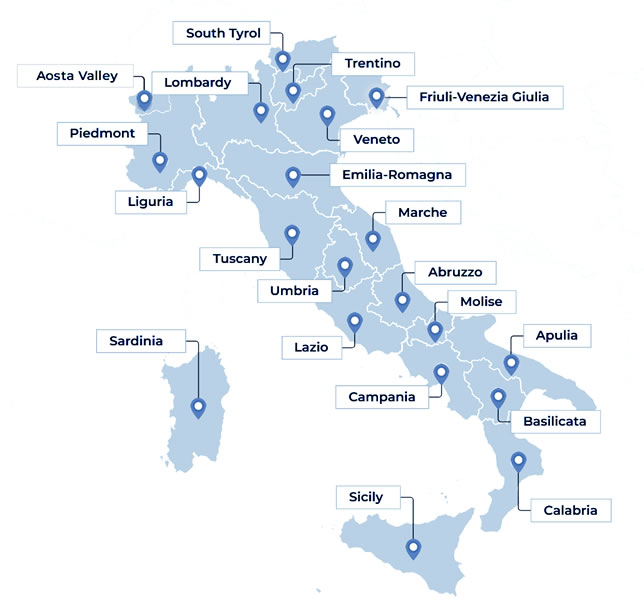
Open in Google Maps and find out what to visit in a place.
Go to: Abruzzo | Aosta Valley | Apulia | Basilicata | Calabria | Campania | Emilia Romagna | Friuli Venezia Giulia | Lazio | Liguria | Lombardy | Marche | Molise | Piedmont | Sardinia | Sicily | South Tyrol | Trentino | Tuscany | Umbria | Veneto

Text and images are available under the Creative Commons Attribution-ShareAlike License 4.0; - italystudynotes.eu - Privacy